1. Old MacDonald Had a Farm – Traditional (1917, roots earlier)
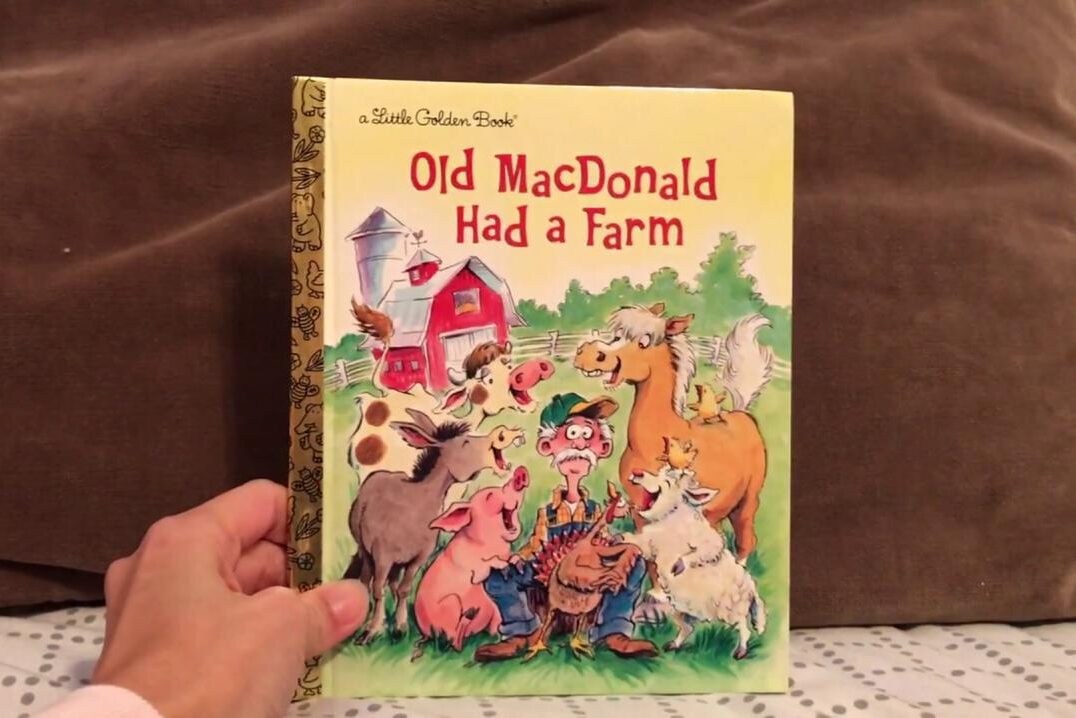
Some songs just won’t leave your head, and when animals are involved, the effect is even stronger. From children’s classics to chart-topping hits, these tunes have kept people humming, clapping, and even dancing for generations. This classic children’s song has been passed down for generations, making it one of the most enduring animal tunes of all time. The earliest known U.S. publication dates back to 1917, though earlier versions appeared in Britain and Ireland under different names and variations. What makes “Old MacDonald” so memorable is its call-and-response format, which invites participation from both kids and adults. Each verse introduces a new animal, giving the chance to layer on silly sounds and keep the song going indefinitely. The repeated “E-I-E-I-O” refrain is especially sticky, ensuring the song lingers in memory long after it ends. Over the years, it has been featured in nursery books, cartoons, and countless classroom singalongs, firmly embedding itself into childhood culture. While parents may groan at its endless verses, children never tire of shouting out their favorite animals, proving the timelessness of this simple farmyard earworm.
2. Hound Dog – Elvis Presley (1956)
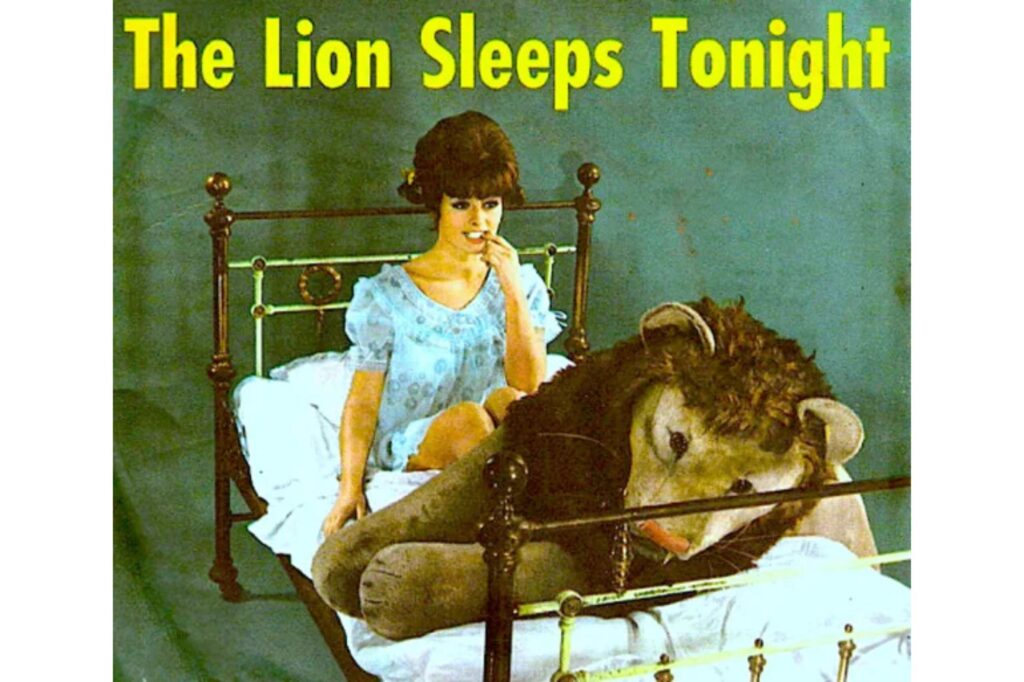
Originally recorded by Big Mama Thornton in 1952, “Hound Dog” found global fame when Elvis Presley released his version in 1956. His energetic performance and commanding stage presence transformed the blues number into one of rock and roll’s first major anthems. The repetitive hook, “You ain’t nothin’ but a hound dog,” delivered with Presley’s raw swagger, was impossible to forget. The song became a cultural moment, appearing on television, jukeboxes, and radio stations across America. Presley’s televised performance on The Milton Berle Show shocked audiences with his hip-shaking style, further fueling its notoriety. “Hound Dog” sold millions of copies and remained on the Billboard charts for weeks, solidifying its place in music history. Beyond its initial success, it has continued to echo through pop culture, referenced in movies, commercials, and parodies. The song’s mix of catchy repetition and animal imagery made it not only a rebellious hit of its time but also a lasting earworm that still sparks recognition today.
3. Rockin’ Robin – Bobby Day (1958)
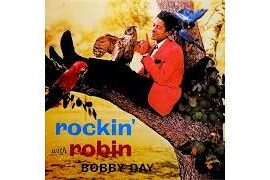
Bobby Day’s “Rockin’ Robin” brought a playful energy to the late 1950s, turning a simple bird-themed tune into a lasting pop favorite. The song describes a little bird who “rocks in the treetop all day long,” setting the stage for a lighthearted, danceable track. What truly made it unforgettable, however, was the catchy “tweet-tweet” refrain that punctuates the melody, embedding itself firmly into listeners’ minds. The song was a hit on the Billboard Hot 100, showcasing Day’s lively vocals and upbeat rhythm. Its influence didn’t end there, Michael Jackson revived the song in 1972, giving it a fresh burst of popularity for a new generation. Whether through Day’s original version or Jackson’s youthful rendition, the song remained just as infectious. The simplicity of its lyrics, combined with its irresistible chorus, ensured that “Rockin’ Robin” would continue chirping through radios, parties, and singalongs long after its initial release, cementing it as one of the most cheerful animal earworms ever recorded.
4. The Lion Sleeps Tonight – The Tokens (1961)
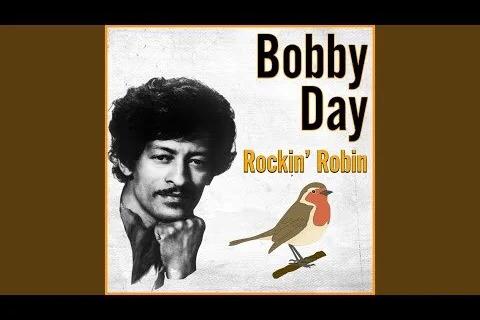
What began as a South African folk song titled “Mbube” evolved into one of the most recognizable animal-themed songs in the world. The Tokens’ 1961 recording, “The Lion Sleeps Tonight,” featured soaring falsetto vocals and the hypnotic chant of “wimoweh,” creating a track both soothing and catchy. Its enchanting blend of African roots and American pop styling quickly made it an international hit, topping charts in the United States and beyond. The song’s universal appeal has allowed it to resurface time and again, from television shows and commercials to its unforgettable placement in Disney’s The Lion King. Its instantly recognizable opening notes make it a singalong favorite across generations. The repetition of its core phrases ensures that once heard, it’s nearly impossible to get out of your head. “The Lion Sleeps Tonight” stands as a rare example of a global musical crossover, uniting cultures while creating an animal-themed earworm beloved by millions.
5. Surfin’ Bird – The Trashmen (1963)
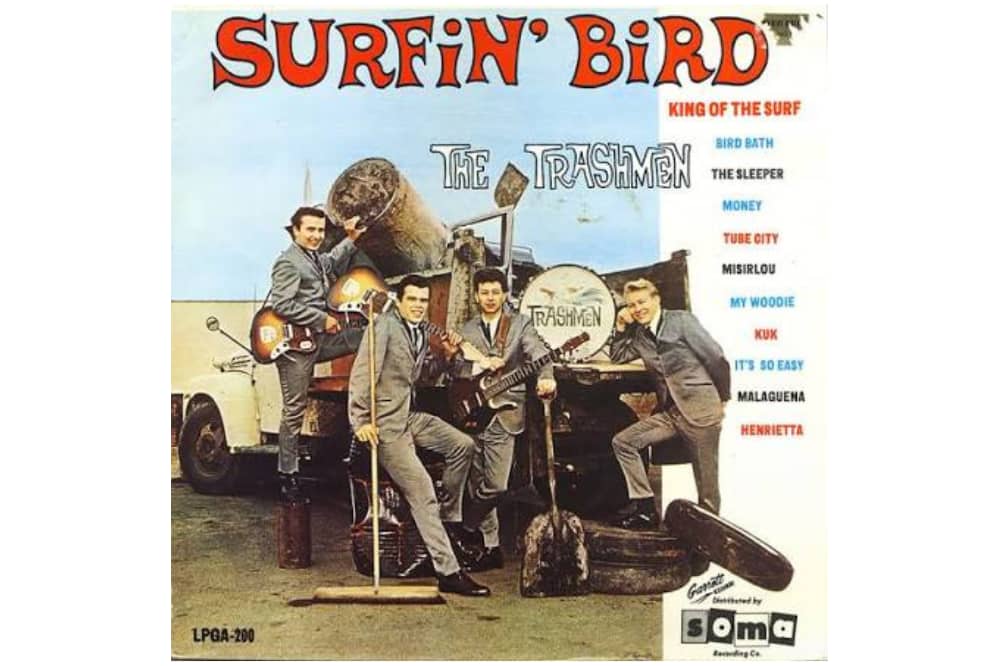
When The Trashmen released “Surfin’ Bird” in 1963, few could have predicted its bizarre but lasting cultural impact. Built around a frantic surf-rock beat and the nonsensical chant of “bird, bird, bird, b-bird’s the word,” the song became a novelty hit with undeniable staying power. Its wild, almost chaotic energy made it both ridiculous and unforgettable, ensuring that listeners couldn’t shake the refrain once they heard it. The track reached the Billboard Hot 100, fueled by its sheer oddity and addictive hook. Decades later, it found renewed popularity after being featured prominently in television shows like Family Guy, which introduced it to a younger audience and cemented its cult status. The song’s enduring appeal lies in its simplicity: repetition so absurd and relentless that it sticks no matter what. “Surfin’ Bird” remains a prime example of how humor, energy, and sheer persistence can create one of the most memorable animal earworms of all time.
6. Puff the Magic Dragon – Peter, Paul and Mary (1963)
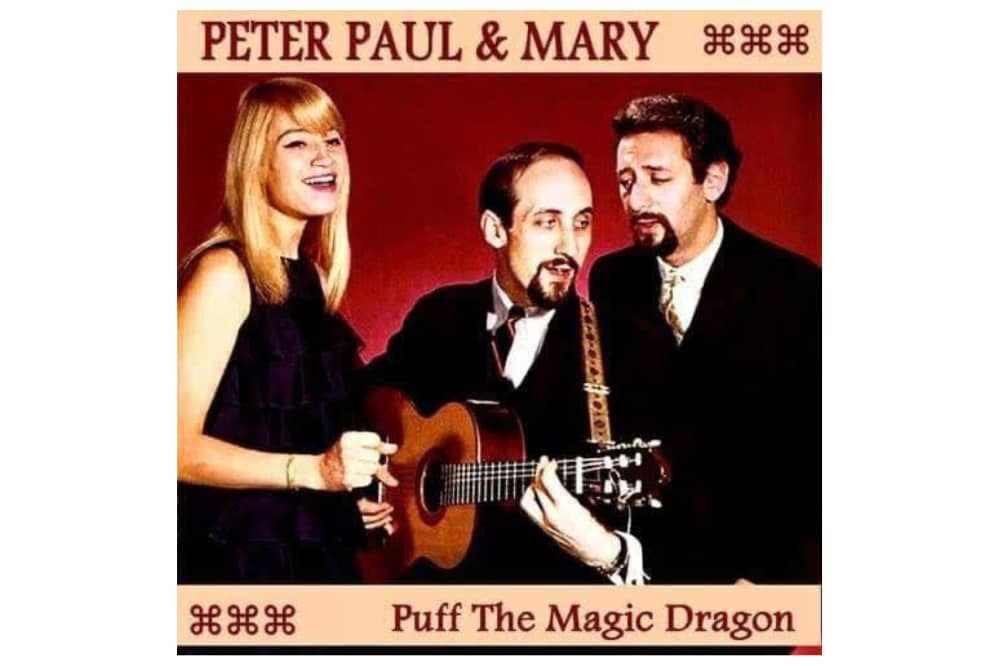
Released in 1963, “Puff the Magic Dragon” became one of the most beloved folk songs of its era. Written by Leonard Lipton and Peter Yarrow, the ballad tells the story of a child’s friendship with a dragon named Puff and the bittersweet reality of growing up. Performed by Peter, Paul and Mary, the song’s gentle melody and storytelling made it appealing to both children and adults. Its repeated use of Puff’s name helped give it earworm power, making listeners hum the tune long after hearing it. Though it sparked rumors of hidden meanings, Yarrow always clarified it was simply a tale of childhood and imagination. The song charted highly and became a staple of the folk revival movement, while its enduring popularity led to animated specials and countless covers. Decades later, Puff remains a cultural icon, showing how even a fictional dragon can leave a real mark in the world of unforgettable animal songs.
7. Shake Your Tail Feather – The Five Du-Tones (1963), revived by Ray Charles & others
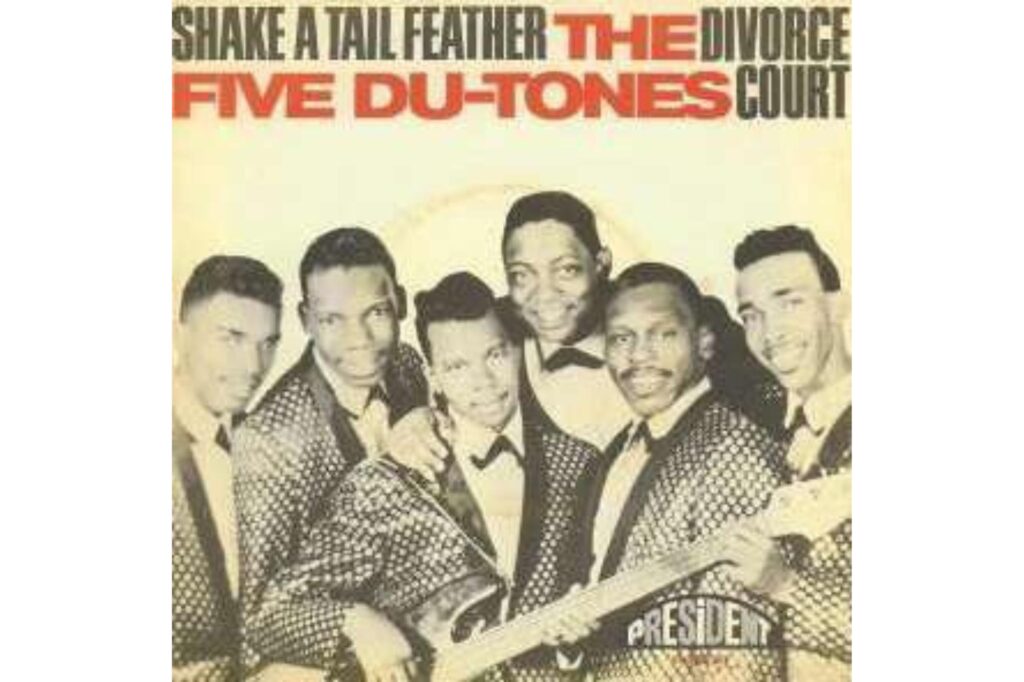
Originally recorded by The Five Du-Tones in 1963, “Shake Your Tail Feather” was a lively R&B track with playful animal imagery that invited listeners to dance along. Its cheeky command to “shake your tail feather” gave the song an irresistible hook that stuck in audiences’ heads. The track gained new life when Ray Charles performed it in the 1980 film The Blues Brothers, introducing it to a wider audience and cementing its place in pop culture. The infectious rhythm and call-and-response style made it perfect for covers, with artists like Ike & Tina Turner and later Nelly giving their own spins. Its humor, energy, and catchy repetition ensured it remained more than just a novelty, evolving into a timeless dance-floor favorite. Decades later, the phrase itself still carries earworm status, showing how a simple line mixed with lively music can live on for generations.
8. What’s New Pussycat? – Tom Jones (1965)
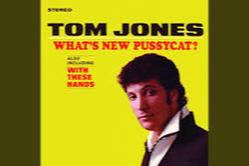
Tom Jones’ 1965 hit “What’s New Pussycat?” is as much remembered for its title refrain as for its dramatic vocal performance. Written by Burt Bacharach and Hal David for the film of the same name, the song became a major success, partly because of how often the phrase “What’s new pussycat?” was repeated. That relentless repetition made the track both catchy and humorous, ensuring it stayed in the listener’s head long after the record stopped. The song reached the Top 10 in both the United States and the United Kingdom, adding to Jones’ reputation as a powerful performer. Over the years, its earworm quality turned it into a pop-culture joke as well, appearing in parodies, television sketches, and comedy routines. But beyond the humor, the song’s combination of soaring vocals and unforgettable title line made it a true animal-themed earworm with lasting appeal.
9. Octopus’s Garden – The Beatles (1969)
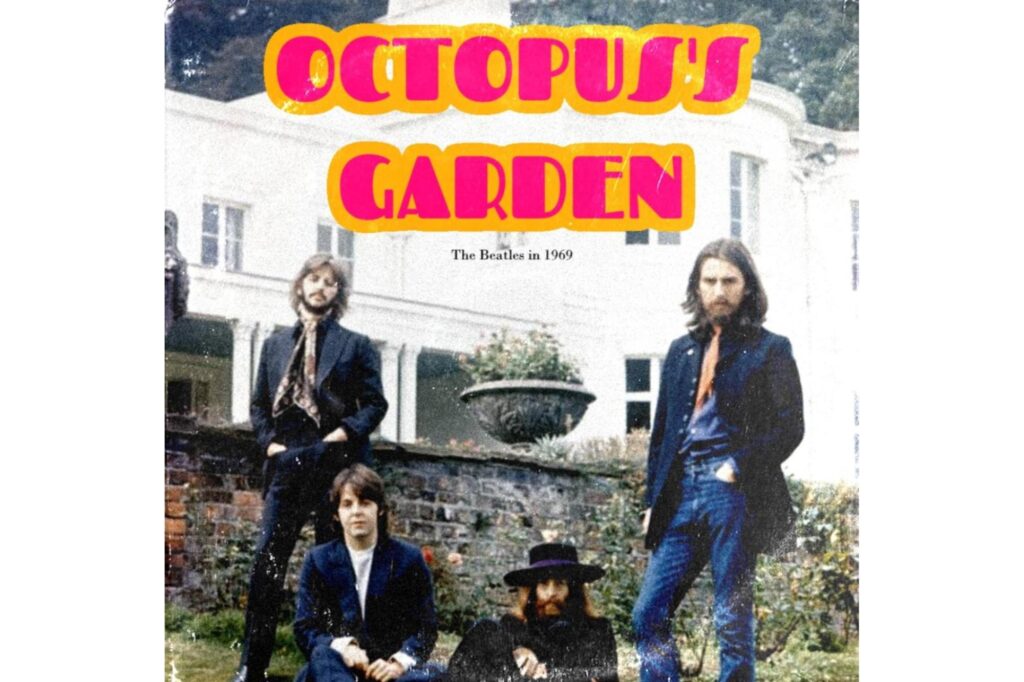
Written and sung by Ringo Starr, “Octopus’s Garden” brought a childlike sense of fun to The Beatles’ catalog. Released in 1969 on the album Abbey Road, the song was inspired by Starr’s fascination with octopuses creating underwater “gardens” of shells and stones. Its whimsical lyrics and upbeat melody made it especially popular with children, though adults couldn’t resist its sing-song rhythm either. The repeated chorus of “I’d like to be under the sea in an octopus’s garden” gave it an earworm quality that lingers with each listen. Unlike the band’s more experimental tracks, this song stood out for its innocence and charm, quickly becoming a fan favorite. Over time, it has been featured in children’s programming, tribute albums, and countless singalongs, ensuring its place in Beatles history. With its vivid imagery and catchy refrain, “Octopus’s Garden” continues to charm listeners across generations.
10. Black Dog – Led Zeppelin (1971)
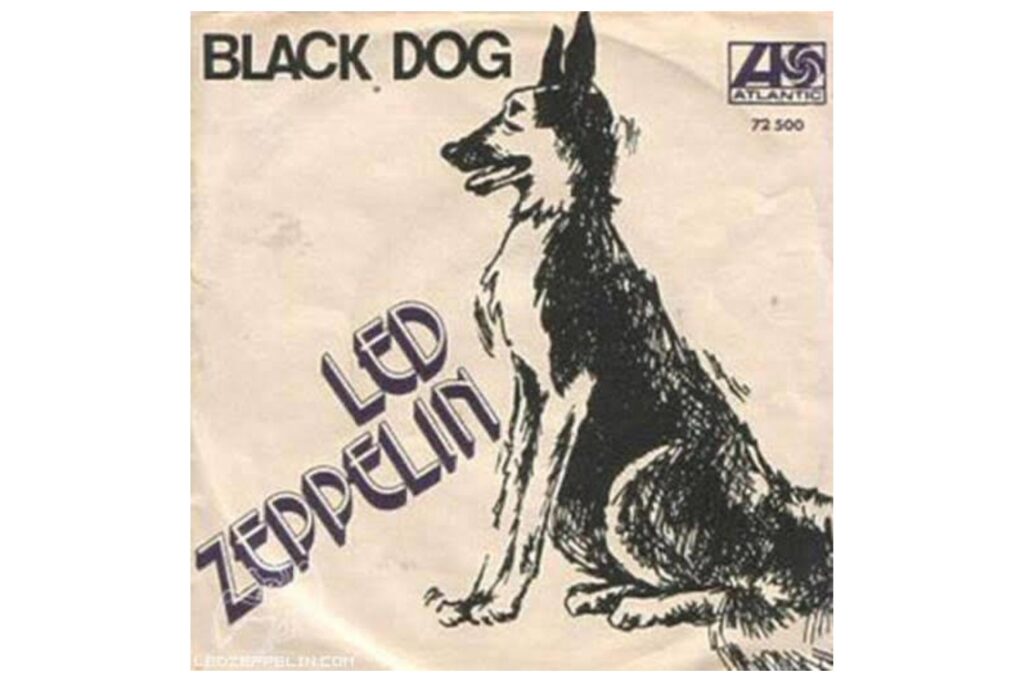
Although not literally about an animal, Led Zeppelin’s “Black Dog” carried enough imagery and energy to earn its place among famous animal-themed earworms. Released in 1971 as part of their untitled fourth album, the song was named after a stray black Labrador that wandered near the recording studio. Its unforgettable guitar riff, paired with Robert Plant’s soaring vocals in a call-and-response format, gave it an instantly memorable hook. Unlike many rock tracks of the time, its shifting rhythms and hypnotic melody made it both complex and catchy, sticking in listeners’ minds long after it ended. The song quickly became a staple of Zeppelin’s live shows and remains one of their most celebrated tracks. Its title, while simple, adds to its mystique, and the opening riff alone is enough to spark recognition. “Black Dog” proves that even in heavy rock, animal imagery and a powerful hook can create a timeless earworm.
11. Crocodile Rock – Elton John (1972)
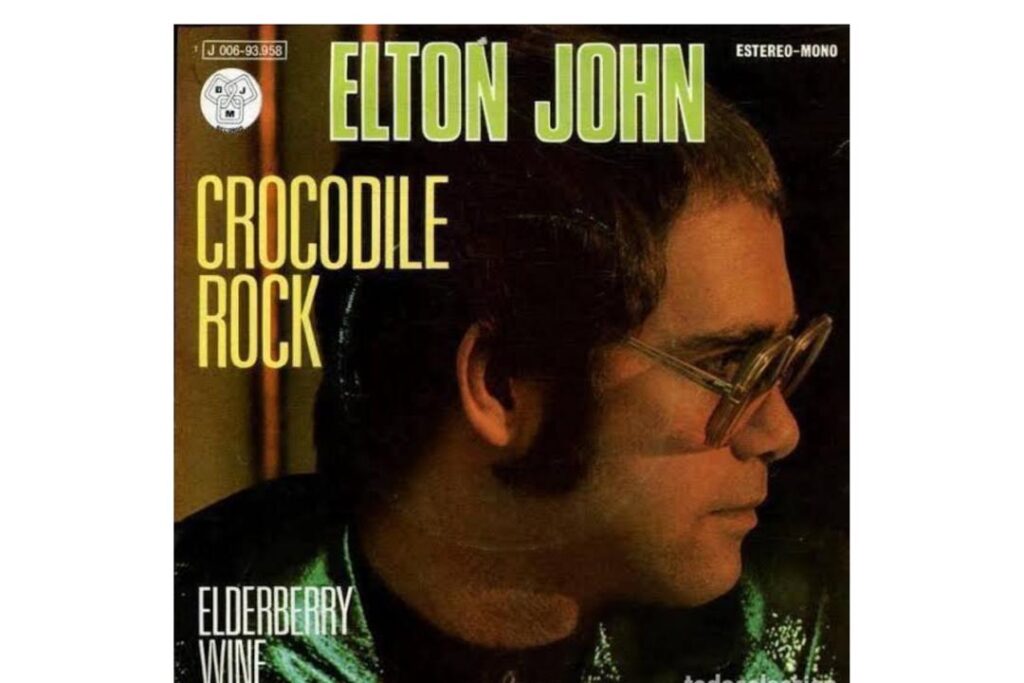
Released in 1972, Elton John’s “Crocodile Rock” was a nostalgic throwback to the early days of rock and roll, blending playful lyrics with a high-energy piano-driven beat. The song’s title alone gave it animal appeal, but the true earworm power came from its upbeat chorus and the infectious “la-la-la-la-la” section that demanded audience participation. Inspired by the carefree dance songs of the 1950s, it quickly climbed to the top of the Billboard Hot 100, becoming John’s first U.S. No. 1 hit. Its cheerful tone and bouncy rhythm made it a favorite not just on radio but also in live performances, where crowds would sing along with enthusiasm. Over the decades, “Crocodile Rock” has remained a staple of classic rock playlists, its mix of nostalgia and fun ensuring its lasting popularity. The combination of catchy nonsense syllables and playful animal imagery made it one of Elton John’s most unforgettable hits.
12. Bungle in the Jungle – Jethro Tull (1974)
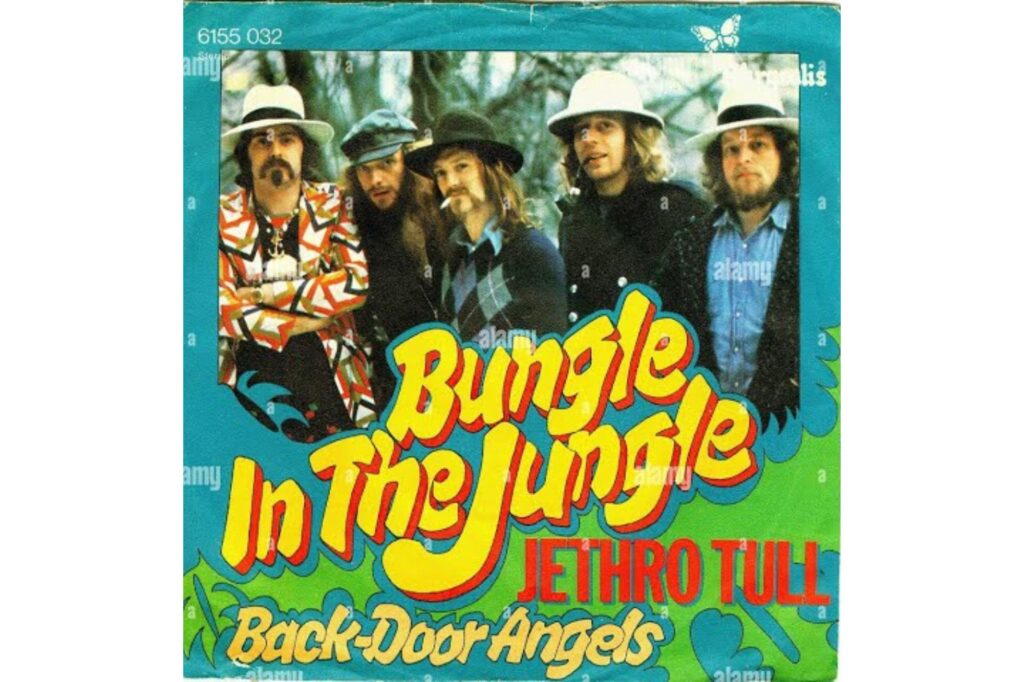
Progressive rock band Jethro Tull was known for complex and often experimental music, but with “Bungle in the Jungle,” released in 1974, they struck a more accessible chord. Built around clever animal metaphors, the song used jungle imagery to reflect on human behavior. Unlike many of the band’s other tracks, it featured a straightforward chorus and catchy melody, giving it broader radio appeal. The title phrase itself had earworm quality, and the playful lyrics added to its memorability. “Bungle in the Jungle” became one of Jethro Tull’s most successful singles in the United States, showing that even a band associated with intricate compositions could create a tune that stuck with listeners. The mix of clever wordplay, animal imagery, and a singable refrain ensured that it stood apart as both unique and catchy. It remains a quirky but enduring example of how progressive rock could embrace pop sensibilities without losing its bite.
13. Three Little Birds – Bob Marley & The Wailers (1977)
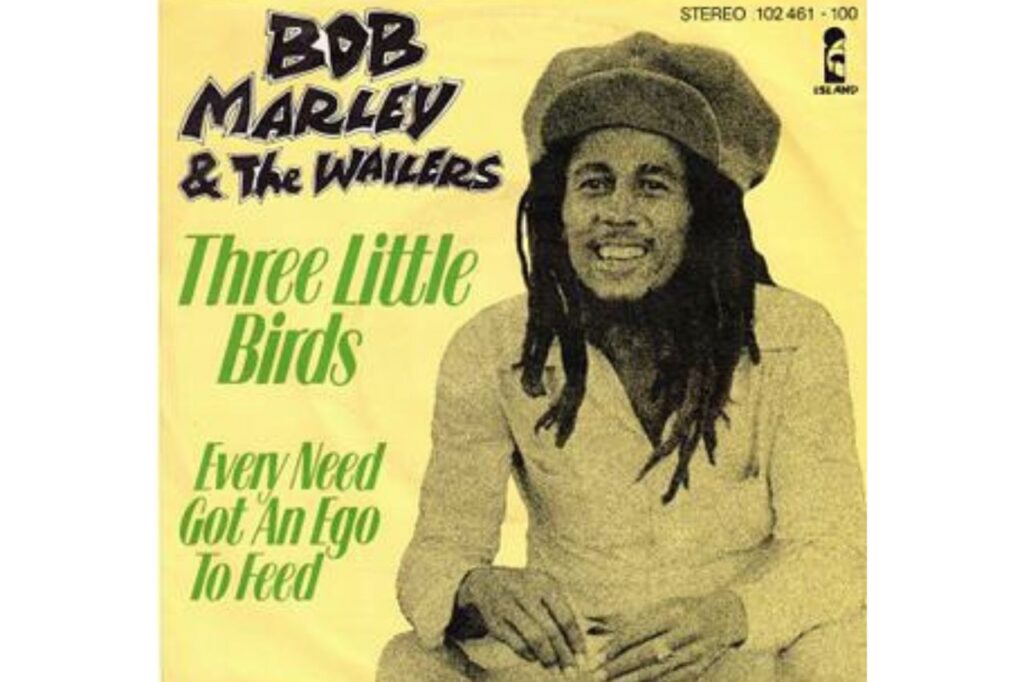
Bob Marley’s “Three Little Birds” is one of the most uplifting animal-themed songs ever recorded. Released in 1977 on the album Exodus, it features the iconic chorus: “Don’t worry about a thing, ’cause every little thing gonna be all right.” With its imagery of birds singing outside Marley’s window, the song conveys reassurance and optimism, delivered through a simple yet unforgettable melody. The repetition of the comforting lines makes it an earworm in the best sense, one that soothes rather than irritates. Over time, it has become one of Marley’s most beloved songs, played at concerts, sporting events, and personal milestones alike. Its influence spans generations, as parents often sing it to children, and it is frequently covered by artists across genres. The combination of hopeful lyrics and gentle rhythm ensures that “Three Little Birds” continues to bring peace and positivity while embedding itself firmly in memory.
14. Barracuda – Heart (1977)
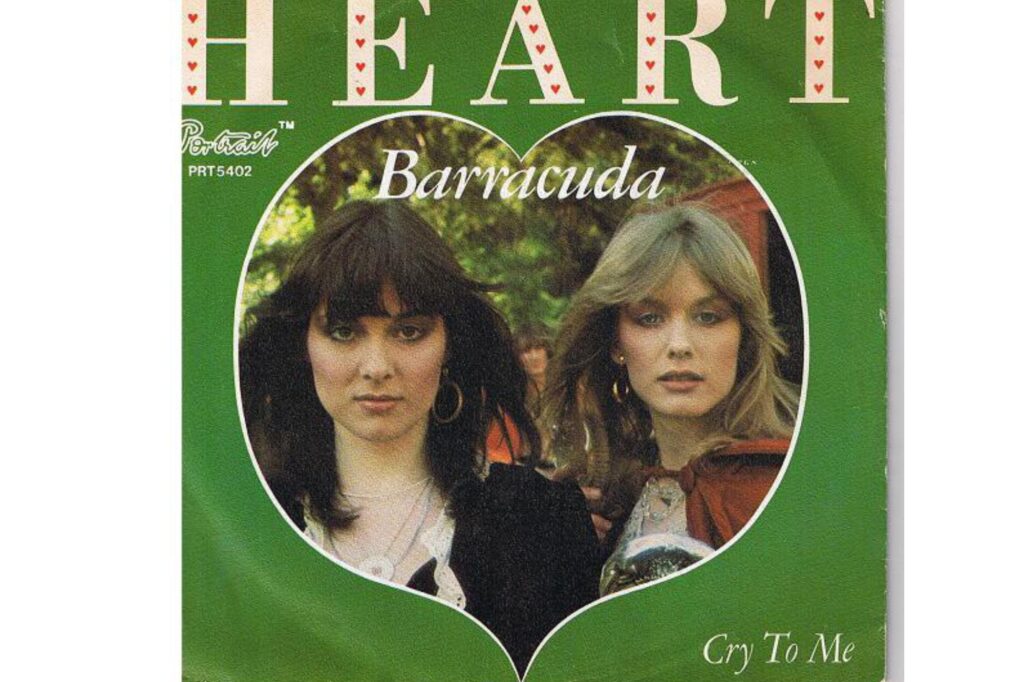
When Heart released “Barracuda” in 1977, they unleashed a fierce rock anthem with both bite and staying power. Driven by Nancy Wilson’s galloping guitar riff and Ann Wilson’s powerhouse vocals, the song quickly became one of the band’s signature tracks. Though the “barracuda” was used metaphorically to describe predatory behavior in the music industry, the animal imagery gave the song a sharp edge. Its combination of raw emotion, high energy, and a hook-laden chorus made it unforgettable. Over the years, “Barracuda” has remained a classic rock staple, appearing in films, television, and commercials. Its earworm quality comes not only from the lyrics but also from the hypnotic riff that stays lodged in the listener’s mind long after the song ends. It showcased Heart at their fiercest, proving that animal-themed titles weren’t limited to playful or lighthearted songs, they could also carry the weight and intensity of hard rock.
15. The Chicken Dance – Polka Standard (Popularized 1980s)

Few songs can match the sheer persistence of “The Chicken Dance.” Originally composed in the 1950s by Swiss accordion player Werner Thomas, the tune gained international popularity decades later, especially during the 1980s. Often played at weddings, festivals, and children’s parties, it relies on a simple, repetitive melody accompanied by hand motions that mimic flapping wings and waddling like a chicken. The combination of silly movements and straightforward rhythm makes it instantly recognizable and nearly impossible to forget once heard. Though it has no lyrics, the instrumental repetition is enough to make it one of the most enduring earworms worldwide. Its cultural impact is massive, with versions recorded in multiple languages and styles, ensuring its place as a global party favorite. Love it or not, the moment the accordion begins, the tune takes over your brain, proving that simplicity and humor can be just as sticky as any chart-topping hit.
16. Eye of the Tiger – Survivor (1982)
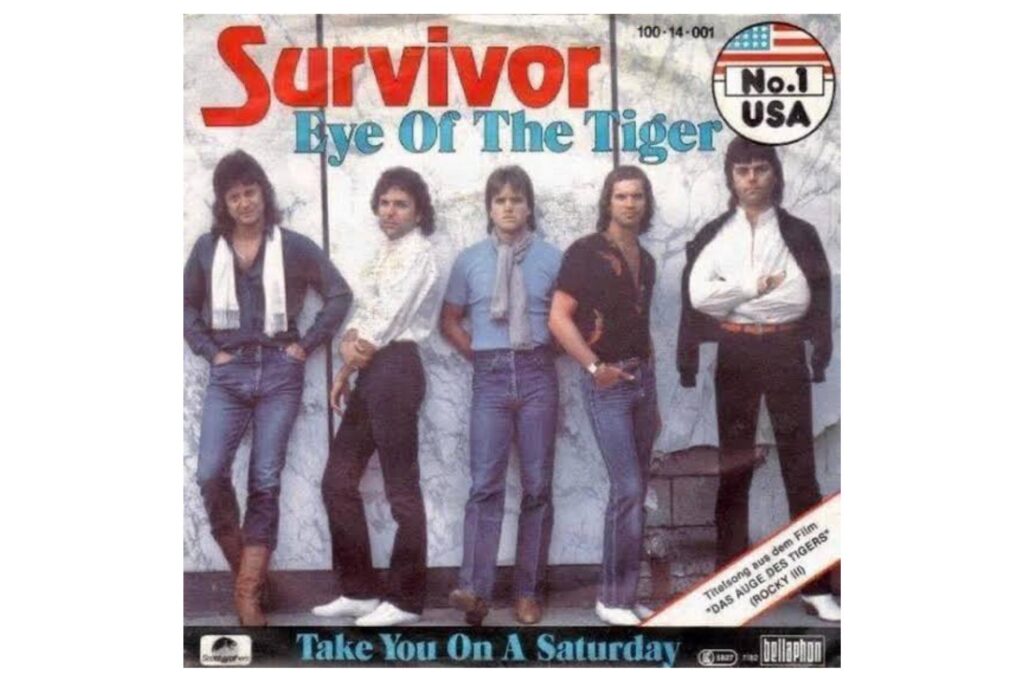
Few songs are as instantly recognizable as Survivor’s “Eye of the Tiger,” released in 1982. Written at Sylvester Stallone’s request for Rocky III, it quickly became the ultimate motivational anthem. The pounding guitar riff and steady beat mimic a fighter’s determination, while the chorus, “Eye of the tiger”, burned itself into the cultural imagination. Its animal imagery gave it primal strength, perfectly aligning with the film’s themes of resilience and survival. The track spent six weeks at No. 1 on the Billboard Hot 100 and went on to win a Grammy. Beyond the charts, it became a permanent fixture at sporting events, gyms, and motivational playlists, where its energy continues to fuel determination. Decades later, “Eye of the Tiger” remains one of the most enduring rock earworms, proving how power, simplicity, and repetition can combine to create a song that refuses to fade from memory.
17. Hungry Like the Wolf – Duran Duran (1982)
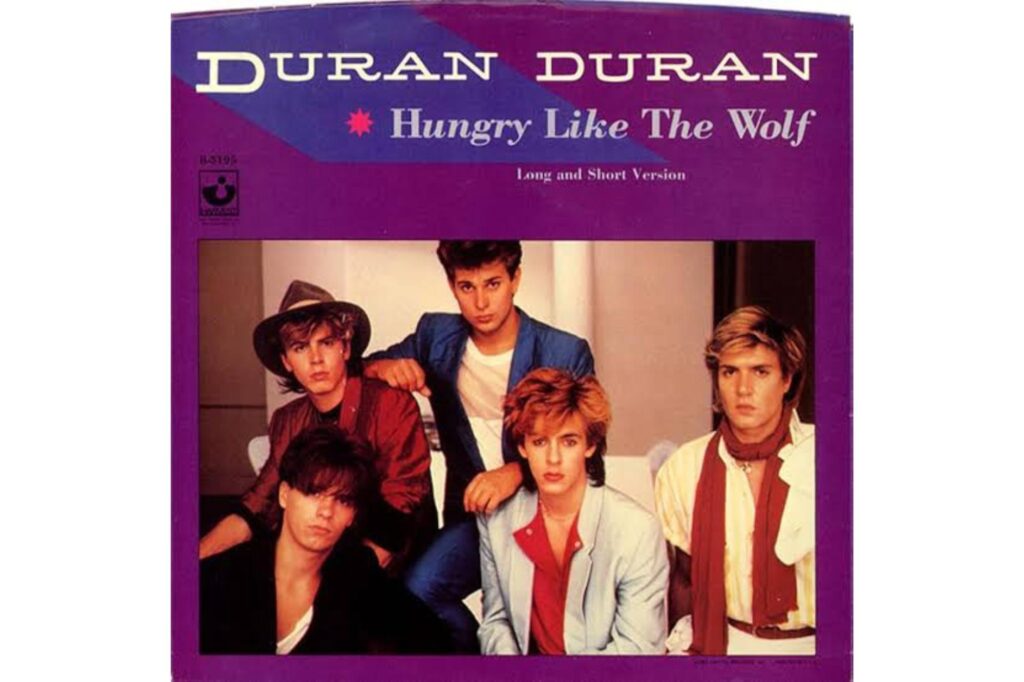
Released in 1982, Duran Duran’s “Hungry Like the Wolf” blended slick new wave style with primal imagery to create one of the most distinctive songs of the decade. Its howling vocals, layered synths, and pulsing rhythm gave it both a modern edge and undeniable earworm power. The song was propelled to international success by its music video, filmed in Sri Lanka, which became an MTV staple and helped cement Duran Duran’s image as global pop stars. The repeated chorus and Simon Le Bon’s memorable delivery made it nearly impossible to forget, while its animal metaphor added a sense of danger and excitement. The track won the band widespread acclaim and remains one of their signature hits. Even today, “Hungry Like the Wolf” is a staple of ’80s playlists, ensuring its place as both a defining moment of the new wave era and a lasting animal-themed earworm.
18. Karma Chameleon – Culture Club (1983)
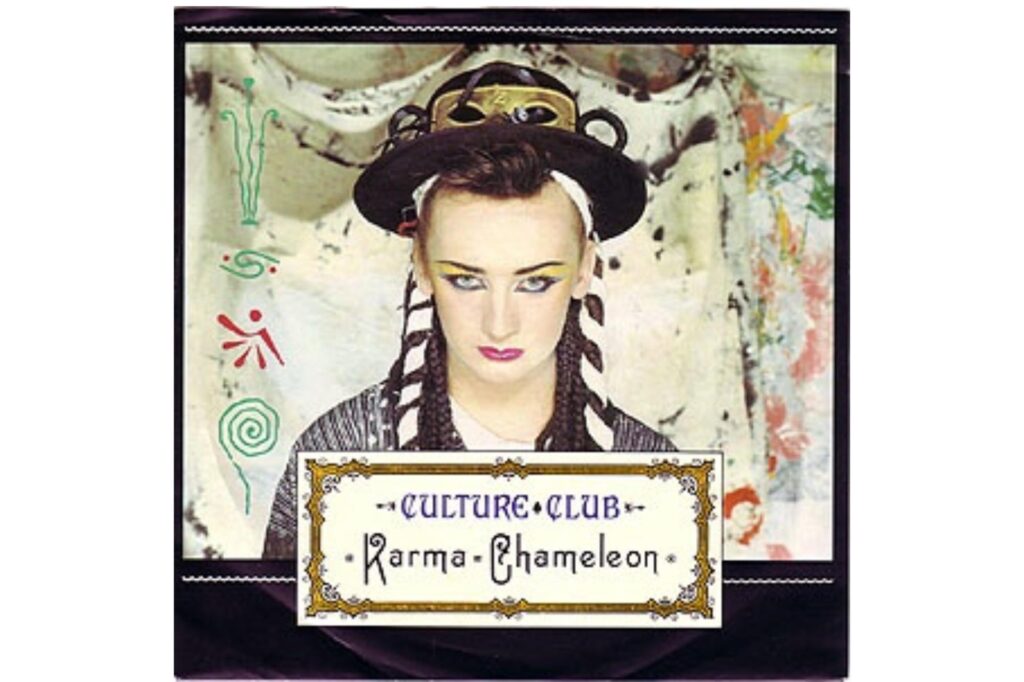
With its colorful imagery and unforgettable chorus, Culture Club’s “Karma Chameleon” became one of the biggest pop hits of the 1980s. Released in 1983, the song topped charts worldwide, including reaching No. 1 in both the United Kingdom and the United States. Its chorus, “Karma, karma, karma, karma, karma chameleon”, was playful, repetitive, and instantly stuck in listeners’ heads. The track showcased Boy George’s distinctive vocals and the band’s ability to blend pop with a reggae-influenced groove. While the chameleon was used as a metaphor for inconsistency and change, the animal imagery made it stand out from other pop songs of its time. Its upbeat, singable nature ensured that it became an earworm for generations, and it has continued to feature in films, television, and nostalgic playlists. Few songs capture the vibrant, catchy spirit of ’80s pop as perfectly as “Karma Chameleon.”
19. Baby Shark – Pinkfong (2016)

In the digital age, “Baby Shark” emerged as the ultimate children’s earworm. Though versions of the song had been sung in camps and classrooms for decades, it was Pinkfong’s 2016 recording that turned it into a worldwide phenomenon. Built around a simple call-and-response structure with the endlessly repeated “doo doo doo doo doo doo,” the track spread rapidly across YouTube, where it became the most-viewed video in history. Its cheerful tune and accompanying dance moves made it irresistible for children, while parents found themselves unable to escape its looping chorus. The song’s success extended beyond the screen, spawning merchandise, live shows, and even chart success. Love it or dread it, “Baby Shark” is one of the most successful animal earworms ever created, proving that in the viral era, simplicity and repetition are still the most powerful tools for embedding a song into global culture.
20. Who Let the Dogs Out – Baha Men (2000)

Released in 2000, “Who Let the Dogs Out” by Baha Men became an unexpected global hit thanks to its chant-like chorus and playful use of animal imagery. Originally written by Anslem Douglas, the Bahamian group’s version brought the song into the mainstream, where it was quickly adopted as a sports anthem and children’s favorite. The repeated line, “Who let the dogs out? Woof, woof, woof, woof, woof!”, was impossible to resist and ensured the track would echo in listeners’ minds long after hearing it. The song won a Grammy for Best Dance Recording and was featured in films, commercials, and stadiums worldwide. Though it has often been parodied, its impact as an earworm is undeniable. More than two decades later, its barking refrain remains instantly recognizable, showing how a playful, repetitive hook can turn a simple track into a lasting piece of pop culture.
Whether sung by children at play, shouted at sporting events, or played on the radio, some make us laugh, others inspire, and a few even drive us a little wild with repetition, but all have left their mark as unforgettable musical companions. These animal earworms prove that music and imagination make a timeless pair.


